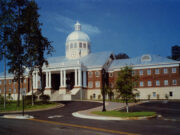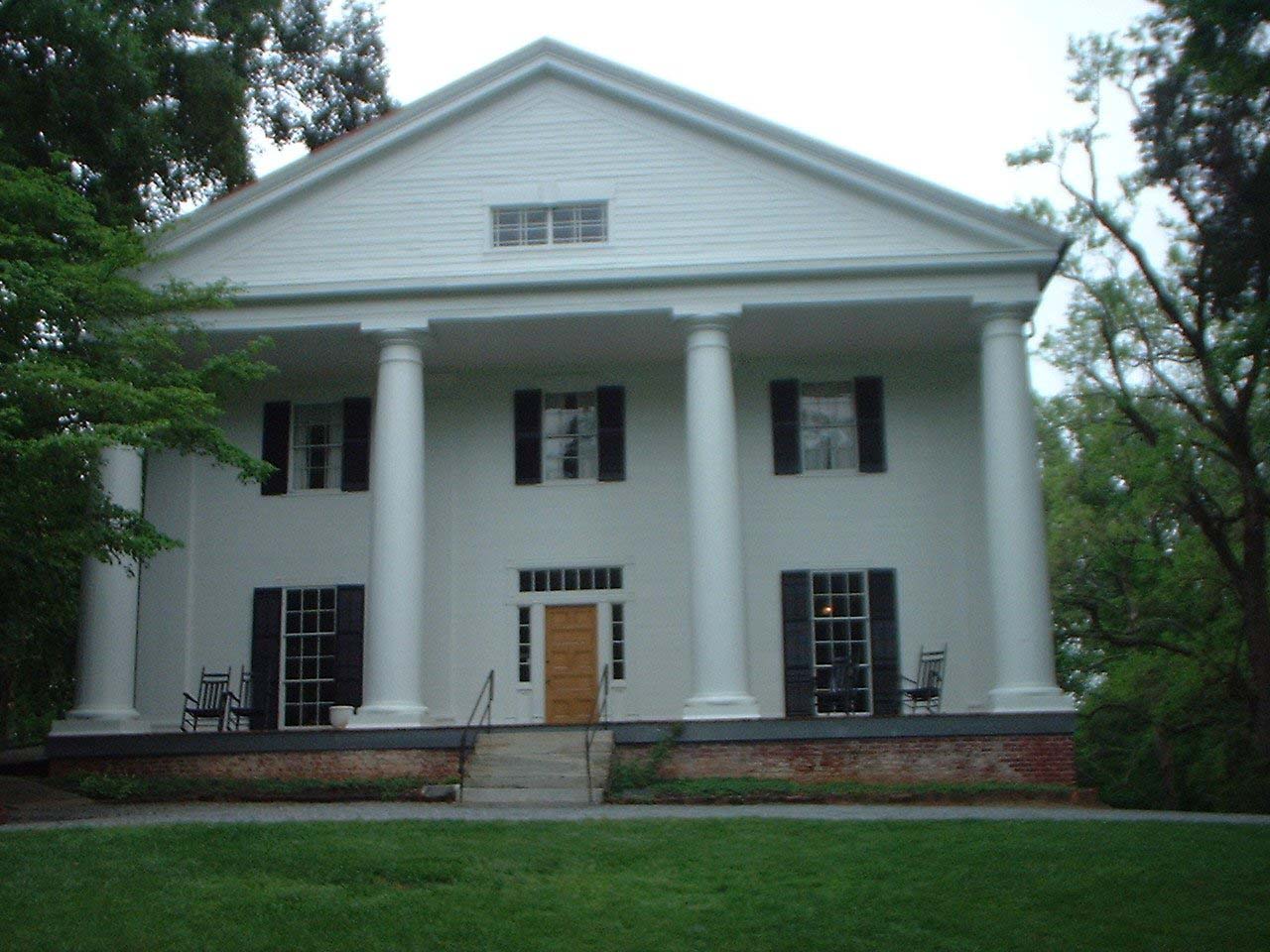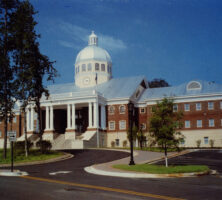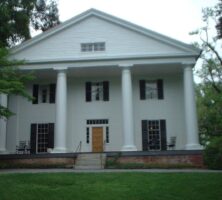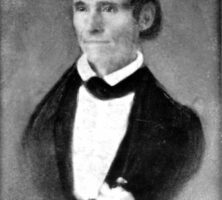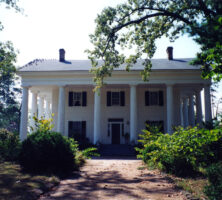Located twenty miles north of Atlanta on the Chattahoochee River, Roswell was originally in Cobb County but in 1932 was annexed to Fulton County. The Roswell area has evolved from being a part of the Cherokee Nation to a textile mill town to a sleepy historical suburb; in 2010 it was the eighth largest city in Georgia.
Roswell’s proximity to the country’s first gold rush, its links to former U.S. presidents Theodore Roosevelt and Jimmy Carter, and the influence of Greek revival architecture have played a significant part in its history.
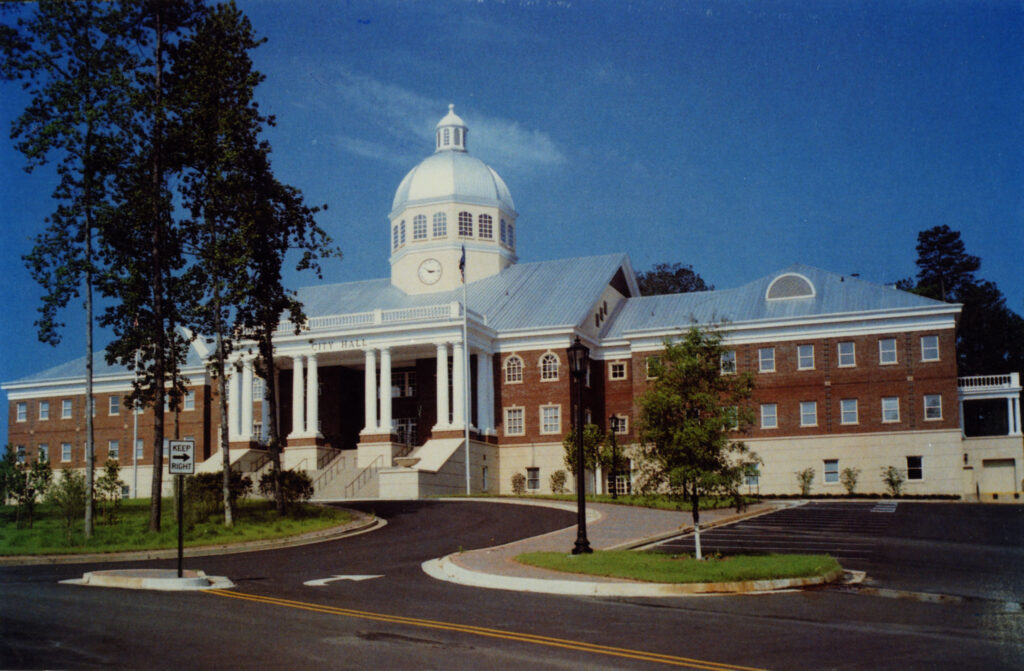
Roswell King
Soon after the discovery of gold in the Cherokee Nation in 1828, Roswell King, former manager of Pierce Butler’s coastal plantations, Butler Island and Hampton Point on St. Simons Island, visited the “gold country” to investigate business possibilities for the Bank of Darien. In his travels he came upon the confluence of the Chattahoochee River and Vickery (Big) Creek, and as a visionary entrepreneur he saw the commercial potential of harnessing the waterpower.
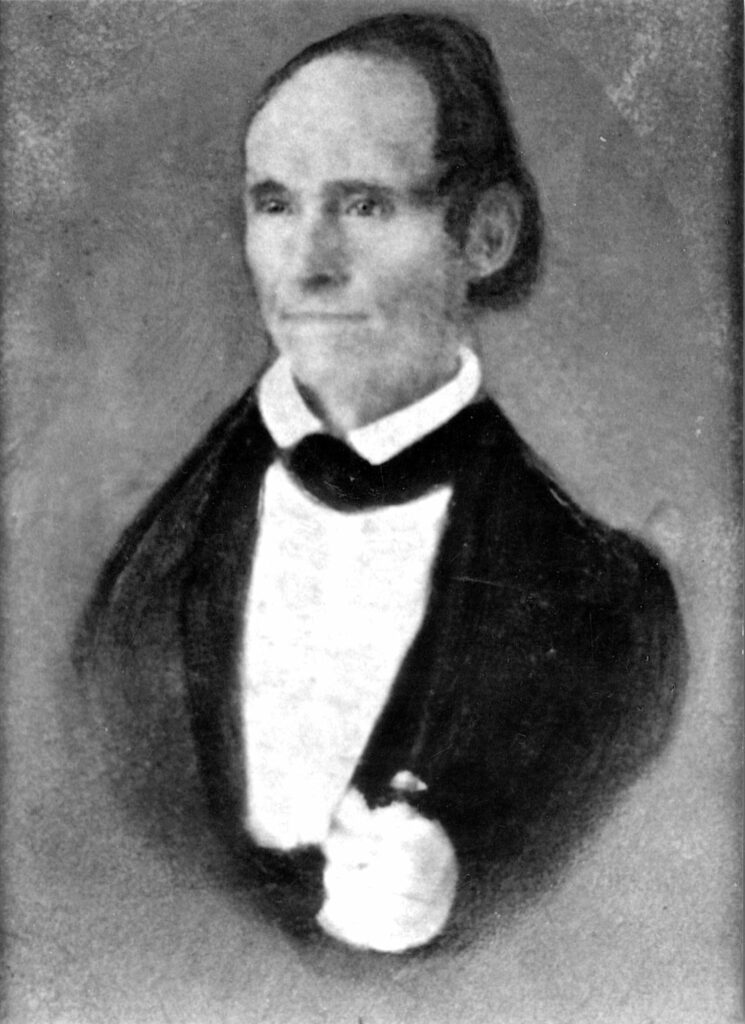
The state distributed the Cherokee lands to eligible whites in the 1832 lottery, and pioneering settlers established crossroads stores, offered a variety of services, and farmed the land. Except for some Cherokees and a few African enslaved laborers, the population, called “the yeomanry,” was rather socioeconomically and racially homogeneous. Most were Baptists or Methodists.
In the mid-1830s King returned and with his sons, Barrington and Ralph, built a textile mill complex that was incorporated in 1839 as the Roswell Manufacturing Company in Cobb County.
Textile Mill Town
The Kings and five other coastal families—the Bullochs, Dunwodys, Lewises, Pratts, and Smiths—built elegant mansions, a town square, a company store, a mill village, a Presbyterian church, and an academy. The founders also introduced two population classes, the wealthy elite and mill workers, and added considerably to the scant number of enslaved people in the area.
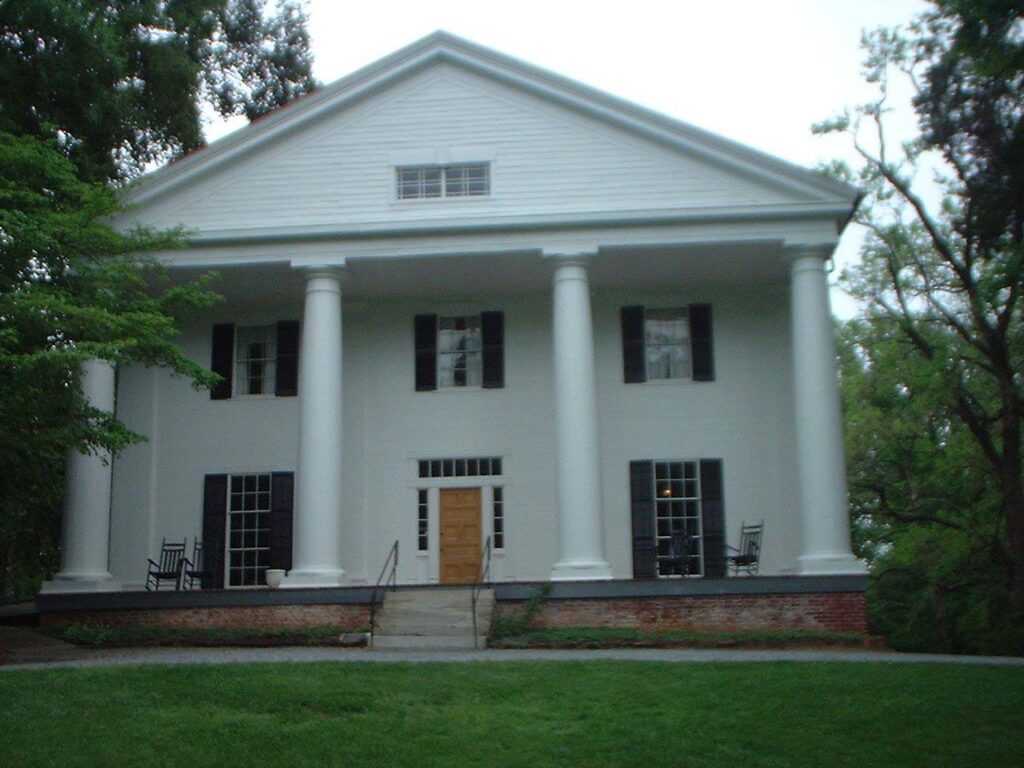
Roswell King died in 1844 at the age of seventy-nine and did not live to witness the incorporation of his namesake, the town of Roswell, in 1854. In 1853 Martha “Mittie” Bulloch and Theodore Roosevelt Sr., the parents of U.S. president Theodore Roosevelt, were married at Bulloch Hall, Mittie’s childhood home in Roswell.
By 1860 the Roswell Manufacturing Company had tripled its capital and doubled the size of the mill complex and the number of employees. Producing cotton cloth, yarn, rope, and tenting, it was the largest cotton mill in north Georgia.
The Impact of War
When the Civil War (1861-65) began, Roswell claimed two cotton mills, a woolen factory (then called Ivey Mills, later Laurel Mills), a flouring mill, and a new factory store across from the town square.
In July 1864 Union general William T. Sherman’s troops arrived in Roswell seeking a way to cross the Chattahoochee River and gain access to Atlanta. As part of the Atlanta campaign, Sherman approved the destruction of the mills and ordered the more than 400 mill workers, mostly women, to be charged with treason and sent to the North as prisoners. They and their children were taken by wagon to Marietta, imprisoned, and subsequently put on railroad boxcars with a few days’ worth of rations. Several women and children died on the way as the train headed to Louisville, Kentucky, the final destination for some of the women. Many others were sent on to Indiana. The women’s identities and fate remained virtually unknown until recent research produced more specific information and made it possible to locate a few of their descendants.
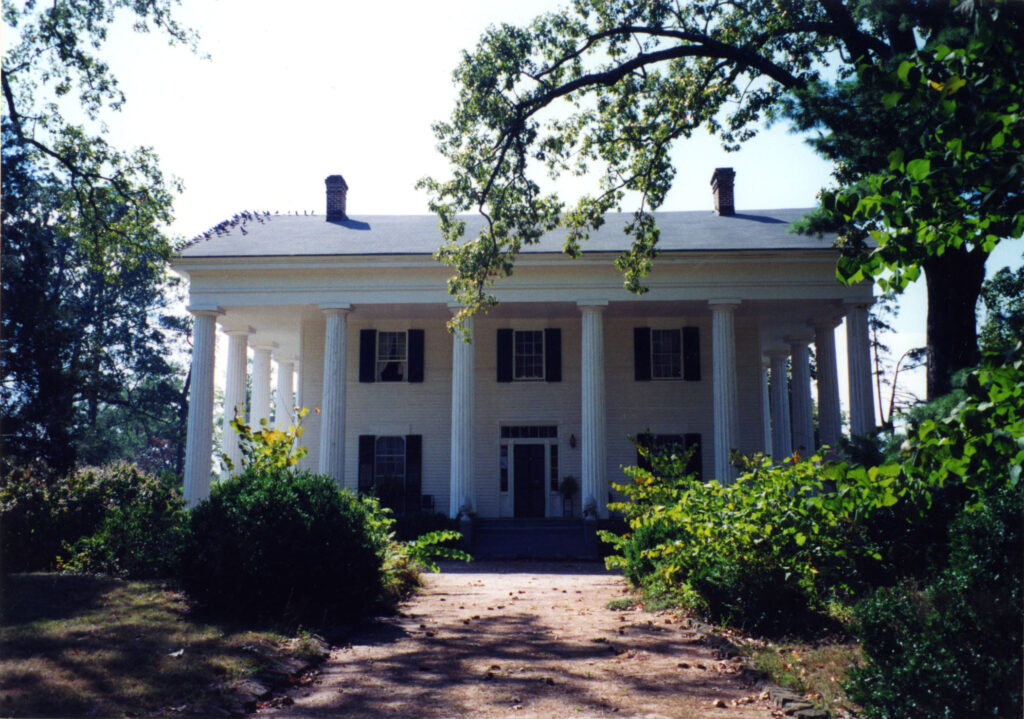
During the twelve days of the Union occupation of Roswell, several houses and other buildings were used for headquarters and hospitals, but little harm was done to them. After the war one of the cotton mills and the woolen factory were rebuilt. In 1882 a second cotton mill was built.
Roswell’s New Image
During the late nineteenth century some rural families began to move into town, creating new businesses and for the first time a significant middle class. Roswell’s population rose from 479 in 1870 to 1,329 in 1900. The shift in Roswell’s image from textile mill town to small suburban community began. Merging with Fulton County in 1932, Roswell began to bounce back from boll weevil invasions and the Great Depression. By 1960 Roswell could boast a library, civic clubs, parks, municipal improvements, and new industries. Though the remaining mill burned in 1926, it was rebuilt and operated as Southern Mills from 1947 until it closed in 1975. The building is still used as a shopping and special-events facility, and the ruins of the mill complex are a historic site.
Contemporary Times
Roswell’s location on Georgia Highway 400 has attracted corporate headquarters, light industry, and high-tech businesses. Educational and cultural advantages, quality of life, and small-town ambiance have made Roswell a highly desirable place for families.
The 1970 population of 5,430 increased to 88,346 by 2010.
The home of former U.S. president Jimmy Carter’s aunt, Emily Dolvin-Visscher, known as the president’s Roswell White House, has been the focal point of his many visits to Roswell. The Roswell Historic District is a magnet for sightseers, conventioneers, and tour groups looking for antebellum homes and buildings, charming antique shops, and in particular a historic setting steeped in southern history and situated near Atlanta.


